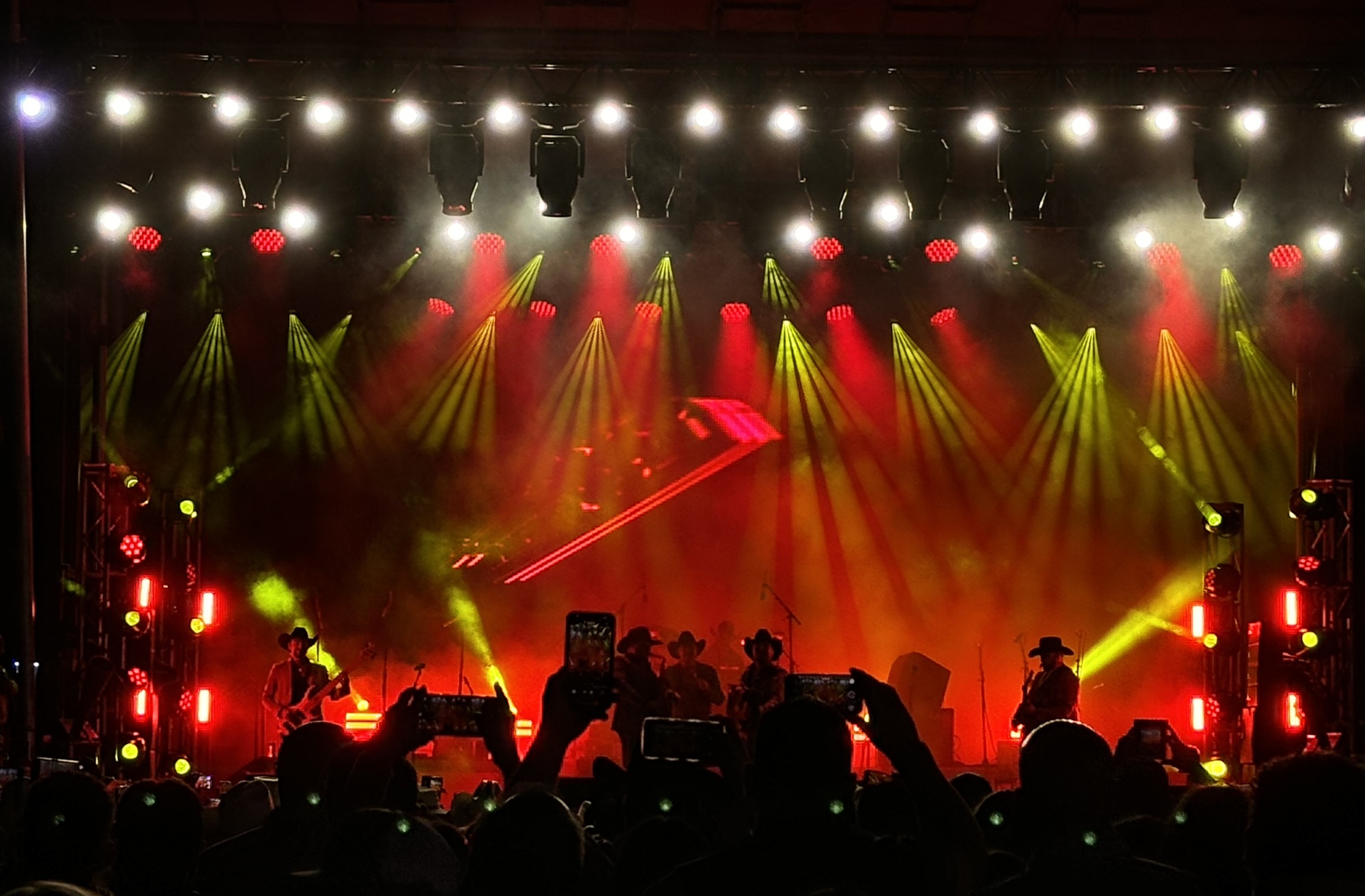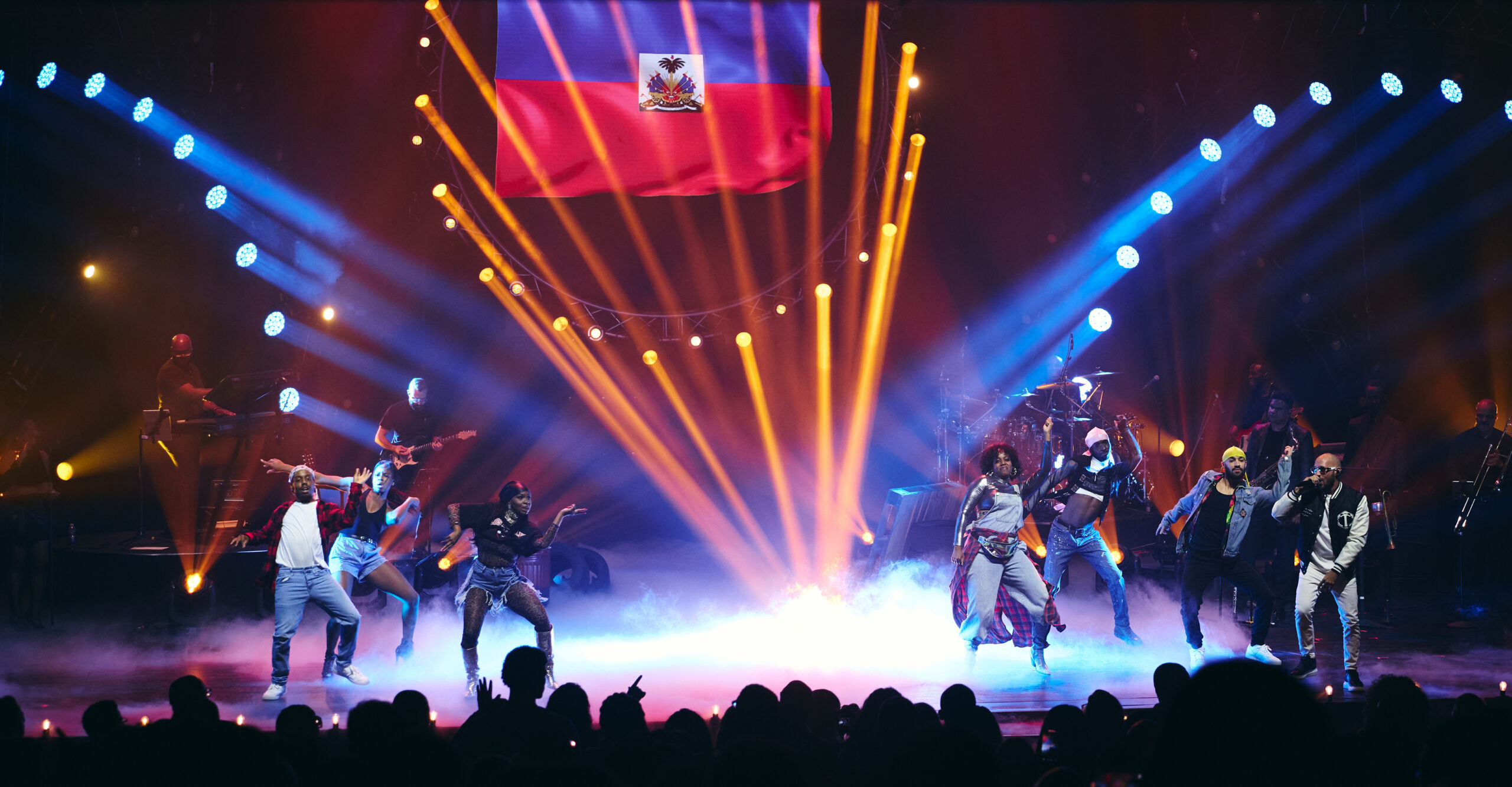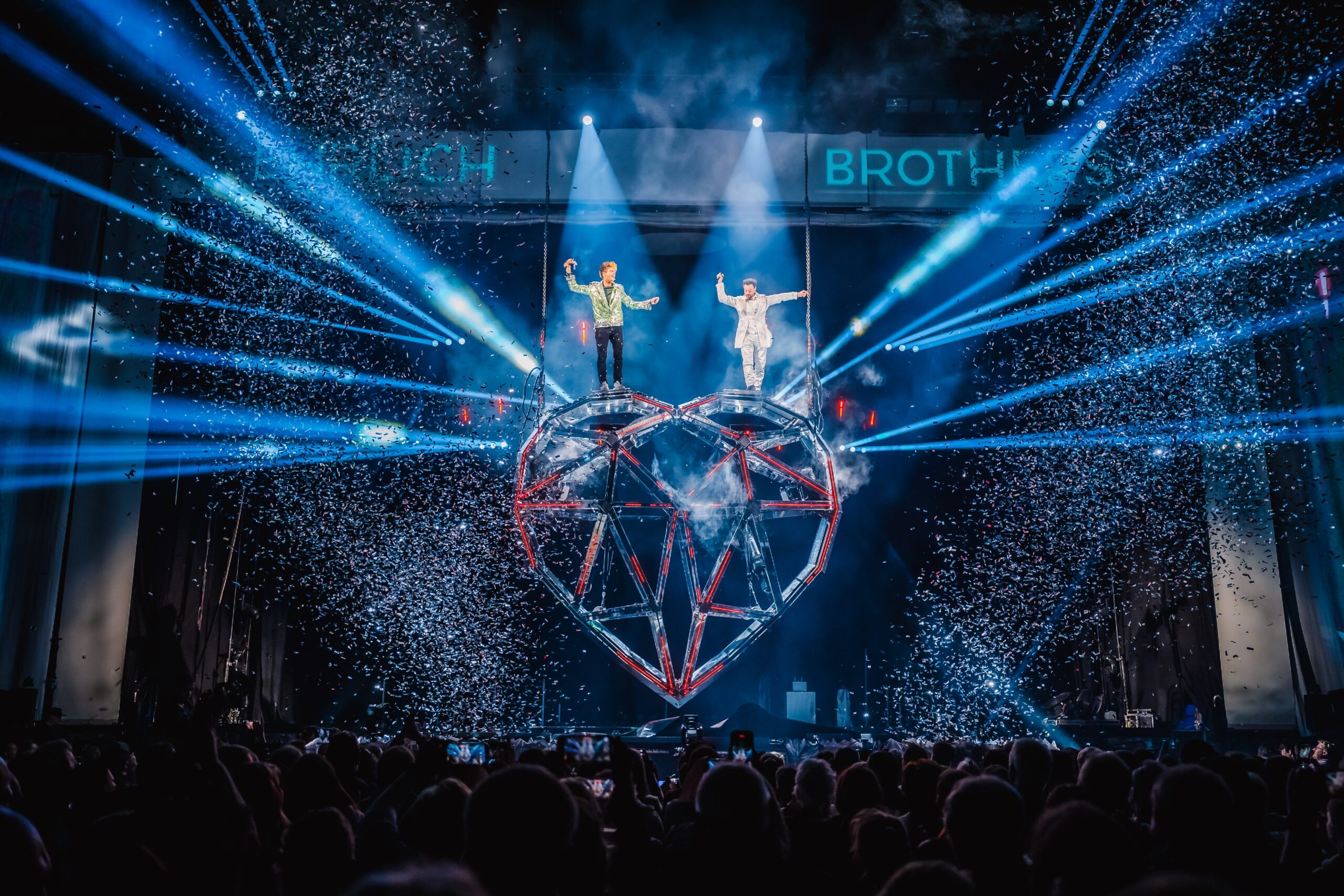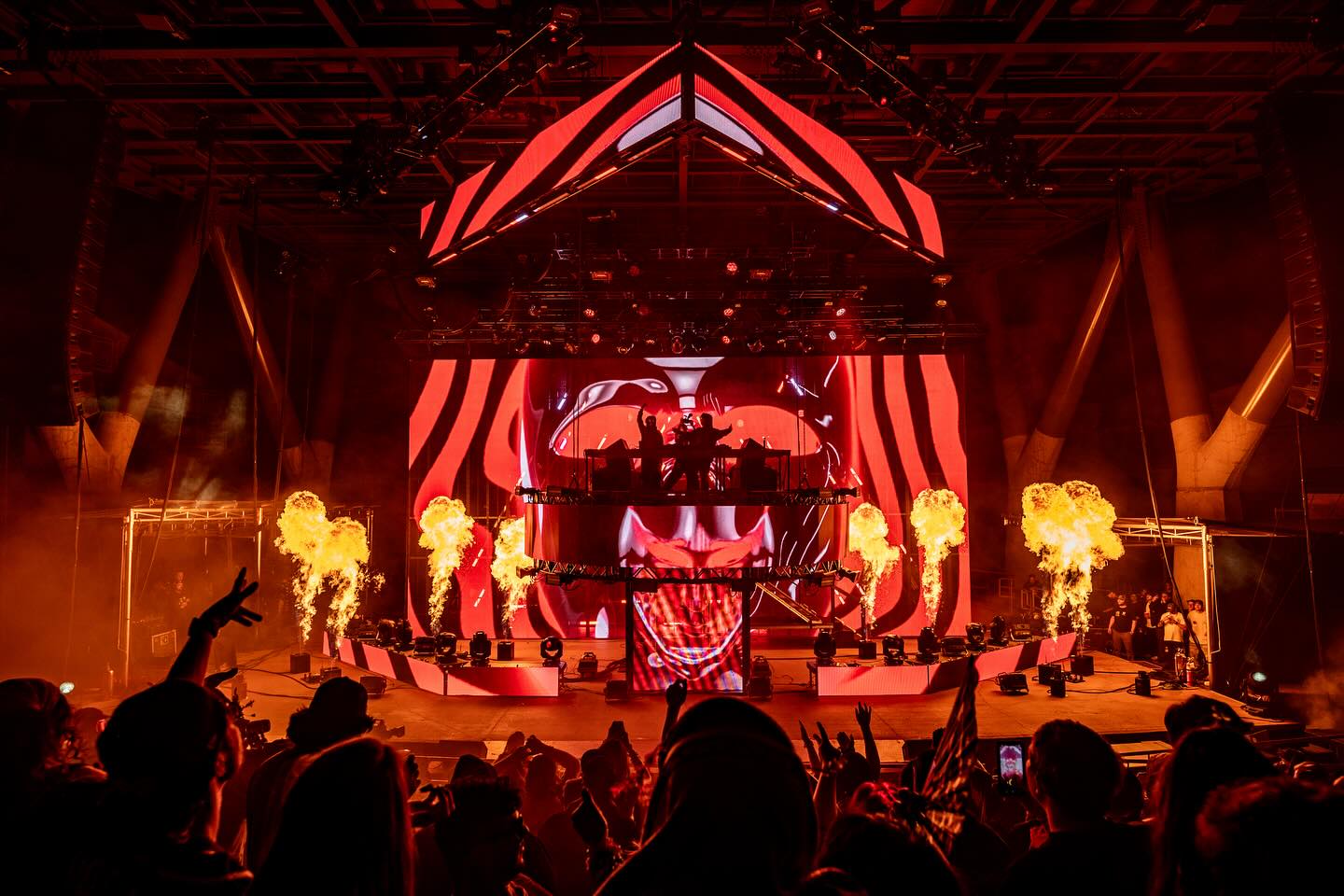
LOS ANGELES – The 36th MTV Video Music Awards program was broadcast live from the Forum in Inglewood, CA Aug. 27. LD Bob Barnhart (22 Degrees) used 194 GLP JDC1 hybrid strobes for the set, designed by Stufish’s Ric Lipson. PRG supplied the fixtures for the show. Kendrick Lamar, Bruno Mars and The Weeknd were among the nominees, with Lamar winning the main honor. Miley Cyrus, Ed Sheeran, Fifth Harmony, Lorde, Shawn Mendes and DNCE performed.
More details from GLP (www.germanlightproducts.com):
The nearly 200 GLP JDC1 hybrid strobes had a huge presence across the set — distributed among the overhead canopies, the two layers of outer rings, in the back of the arena (as eye candy in camera backgrounds) and on the overhead main stage area.
The designer was first exposed to GLP’s versatile new strobe at LDI last year. With GLP Inc president, Mark Ravenhill, he discussed the possibility of hitching the yoke of GLP’s X4 Bar batten onto the new JDC1. “Mark came back to me the next day and indicated that the engineers thought it was possible,” he reports. “And when he told me earlier this summer that the unit was shipping, I thought this would be a good show to try them out on.”
The JDC1’s were augmented by other fixtures from the GLP catalogue, including 12 of the X4 Bar 10’s and 42 x X4 Bar 20s, as well as eight GLP X4 atoms and 50 x GT-1 hybrids.
Barnhart’s mission had been to encompass the entire room in lighting. “The goal was to change the Forum into an environment people had not seen before when coming to the Forum,” he said. “From a lighting standpoint, LED tape was the theme, with literally over 12,000 feet of LED RGBW tape, requiring more than a 400A 3-phase supply to power it.” From a scenic perspective this included five stages, all merged into one giant platform, with P!NK using every stage in the building for her performance.
Bob Barnhart was highly complimentary about the JDC1’s attributes. “To my knowledge it is the only fixture that has a tilt capability, which is a great feature. It allows you to focus the attention of the fixture on certain areas just for a moment. It would also be a cool feature on an upstage wall or on the floor and use the movement as hypnotic undulation.”
Alongside him at the desk was long-time associate (and lighting director) Travis Hagenbuch, the two men having collaborated on the MTV event since 2015. Other key members of the crew, including programmers Pete Radice (PRG) and Patrick Boozer, who were also credited as lighting directors.
Hagenbuch had also assisted with some of the product selection. “We both agreed that since the rig was large and needed to service so many stages while still feeling like one cohesive show, a simple approach would be best in terms of fixture choice,” he said.
The JDC1 is designed in sections and the lighting team made full use of this, treating the top and bottom color sections independently and the strobe as a third effect. These were controlled on an ETC Eos T1 by Patrick Boozer who also made use of some of the built-in macro effects, describing the JDC1 as “a very solid fixture.”
Like Barnhart, Travis Hagenbuch is also a big fan of the JDC1’s tilt facility and the wipes across the pixelized strobe bar. “The wide spread of the color LEDs has a lot of potential for being a short throw wash light in addition to a color blinder and pixel surface, but we’re definitely interested in seeing optional lenses to make the beams tighter for longer throws like we had at The Forum.”
Reviewing the new hybrid strobe, he says, “While it’s easy to miss the classic xenon-plus-reflector combination, there’s no question that LED strobes have taken over in many applications. Power savings and color versatility were a great start toward moving to LEDs, and the JDC1’s hybrid approach brings some of the classic look back into play while still having a useful and versatile color element, which is great.
“The fixture has managed to make a successful compromise between a classic xenon strobe and a modern LED unit, and the added tilt and pixelization abilities make it a perfect fit into the vocabulary of today’s show designs.”
Summing up, Bob Barnhart stated, “Production had wanted an environment and a performance space the encompassed the entire arena, and I think that vision was fully delivered!”
Lighting Teams
22 Degrees:
• Lighting designer: Bob Barnhart
• Lighting director: Travis Hagenbuch
• Assistant lighting director: Ben Green
• Project coordinator: Marie Turner
• Gaffer: Alen Sisul
• Best boy: Chris Lopez
• Lighting crew lead: John Cox
• Lighting power/dimmer: Ron Murphy
• Lighting LED tech: Daisy Toledo
• Lighting assistants: Dennis Sisul, Chris Roseli, and Adam Hagin
• Lighting director/board operator: Patrick Boozer
PRG:
• Lighting director/PRG programmer: Pete Radice
• PRG Chief Tech: Robb Minnotte
• PRG lead techs: Danny Villa and Erin Anderson
• PRG tech: Andrew Gonzales
• PRG production manager: Travis Snyder
• PRG account manager: Tony Ward
Pictures courtesy of Stufish Entertainment Architects



